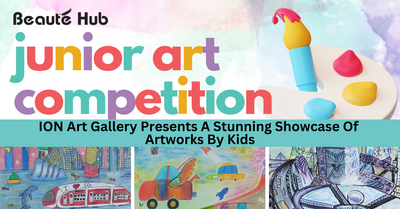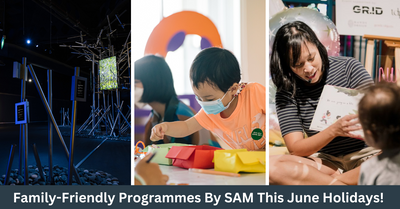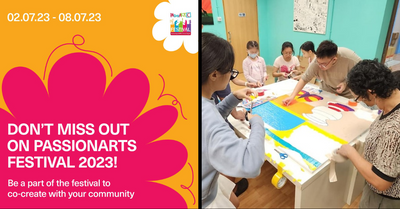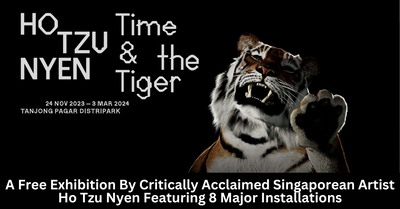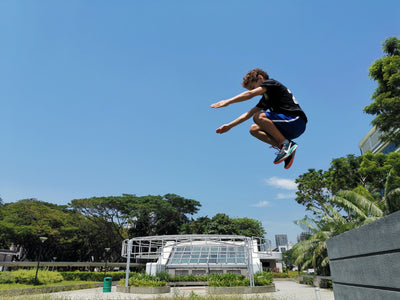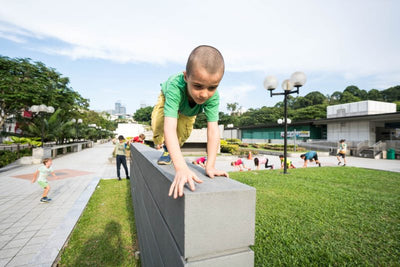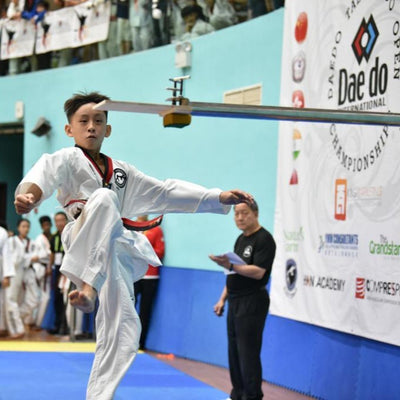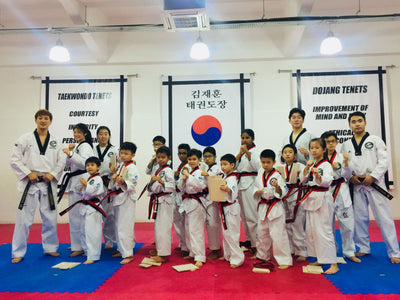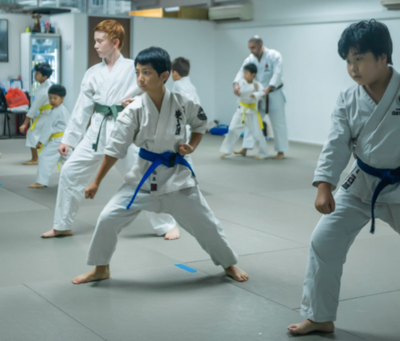
Image courtesy of Nakau Collection and Russel Wong
Visitors can look forward to discovering the multiple aspects of life in Japan in two different periods as well as a host of family-friendly activities at ACM.
Venue: Asian Civilisations Museu, 1 Empress Place, Singapore 179555
Date: [16 Apr – 19 Sep 2021] Extended 17 Oct 2021
Hours: 10 am – 7 pm (Sun – Thu) | 10 am – 9 pm (Friday)
Fee: $12 (Singaporeans & PRs) | $20 (Foreign Residents & Tourists)
Last updated: 9 Jul 2021
Appreciating blooming sakura blossoms, taking pictures of bright autumn foliage, and playing with white fluffy snow in Japan might have been taken off your to-do list this year, but you still have a chance to appreciate the country albeit in a different form.
Asian Civilisation Museum’s (ACM) newest exhibit, Life in Edo | Russel Wong in Kyoto provides a glimpse into both the Edo period and contemporary Kyoto. Presented in collaboration with Kobe Shimbun and Russel Wong, the exhibit is centered on Japanese culture and craftsmanship, showcasing an array of woodblock prints and photography.
The exhibition is presented in two parts, spotlighting two popular cities in two different periods – Edo, known as Tokyo today and Kyoto, the old imperial capital.
Life in Edo


Discover everyday activities of the Edo period (1603–1868) in Life in Edo – a showcase of woodblock prints and paintings which have come to be called "ukiyo-e" (pictures of the floating world).

Plum-blossom viewing party on a spring evening, Utagawa Kunisada
The woodblock prints were popular amongst the working class, whose financial means had improved, allowing them to adorn their homes with works of art. With subjects like ideas on beauty, foods they craved, entertainments, travels, and beloved pets, it might not be wrong to say that the ukiyo-e prints were the Instagram of the Edo period.
This extensive collection of 157 colourful ukiyo-e prints provides us fascinating insights into the tastes and trends of people from a bygone era. Perhaps you might even find similarities with your tastes or that of someone you know.


The gallery feature works from the great masters, including Katsushika Hokusai, Utagawa Hiroshige, Kitagawa Utamaro, Utagawa Kuniyoshi, and more.
Life in Edo will be presented in two rotations due to the light sensitivity of the prints. The second rotation will be carried out in phases from 19 July onwards and the installation of a completely new set of 75+ prints will be completed by 26 July.
Russel Wong in Kyoto
On the other side of the exhibition, Russel Wong in Kyoto premieres photographs from the celebrity photographer’s 13-year-long, ongoing personal project to document the geiko of Kyoto, shedding light on some of the rarely seen and lesser-known traditions of this private community and their place in modern society.



Forty black-and-white photographs illustrate customs and traditions of geishas – called "geiko" in Kyoto. These include the tea ceremony and the lesser-known Erikae ceremony, a two-week process where a maiko (geiko in training) prepares herself to become a geiko.



Emulating the ukiyo-e prints on display, nearly all the photographs have been printed in ōban size, the most popular woodblock print format during the Edo period.

Bridge Between the Past and Present
Life in Edo | Russel Wong in Kyoto takes a winding path through two sections, intersecting in a contemplative space. On display is Utagawa Hiroshige’s woodblock print of the Sanjō Bridge – the final stop in his well-loved series Fifty-Three Stations of the Tōkaidō – across from Russel Wong’s photograph of the same bridge, captured from the spot where he imagined Hiroshige would have visualised the image depicted in his print.

Image courtesy of Asian Civilisations Museum
This juxtaposition of past and present, both in medium and subject, hopes to prompt a re-evaluation of lines drawn between traditional and contemporary. Visitors can reflect on how past trends and lifestyles can echo so vividly in today's modern society.


Interactive Activities and Programs
In conjunction with the exhibition, you can also look forward to a series of Japanese cultural workshops and interactive activities on woodblock printing and photography, among others.

Image courtesy of Asian Civilisations Museum
Trail Booklet
Featuring fun activities and facts, the family-friendly trail booklet is likely to liven up your little trip through Kyoto and back in time to the Edo period. You can pick up the physical copy, which comes in a special folio at the museum or download it online.
Tanabata Celebrations
Tanabata is a Japanese festival commemorating the story of two star-crossed lovers. Learn more about the folk legend that inspired the Tanabata Festival and how the event is celebrated in Japan with ACM. You can join in the celebration online (Facebook) on 7 July or pop into the museum on 14 Aug to collect a special goodie bag.

Image courtesy of Asian Civilisations Museum
Sunday Out!
Sunday Out! Presents a series of online and onsite workshops inspired by themes of the special exhibition from 1 pm to 5 pm on 9 May, 11 Jul and 12 Sep 2021. earn the art of woodblock printing, make your own pinhole camera, build your own mini Japanese garden, and more.

Image courtesy of Asian Civilisations Museum



